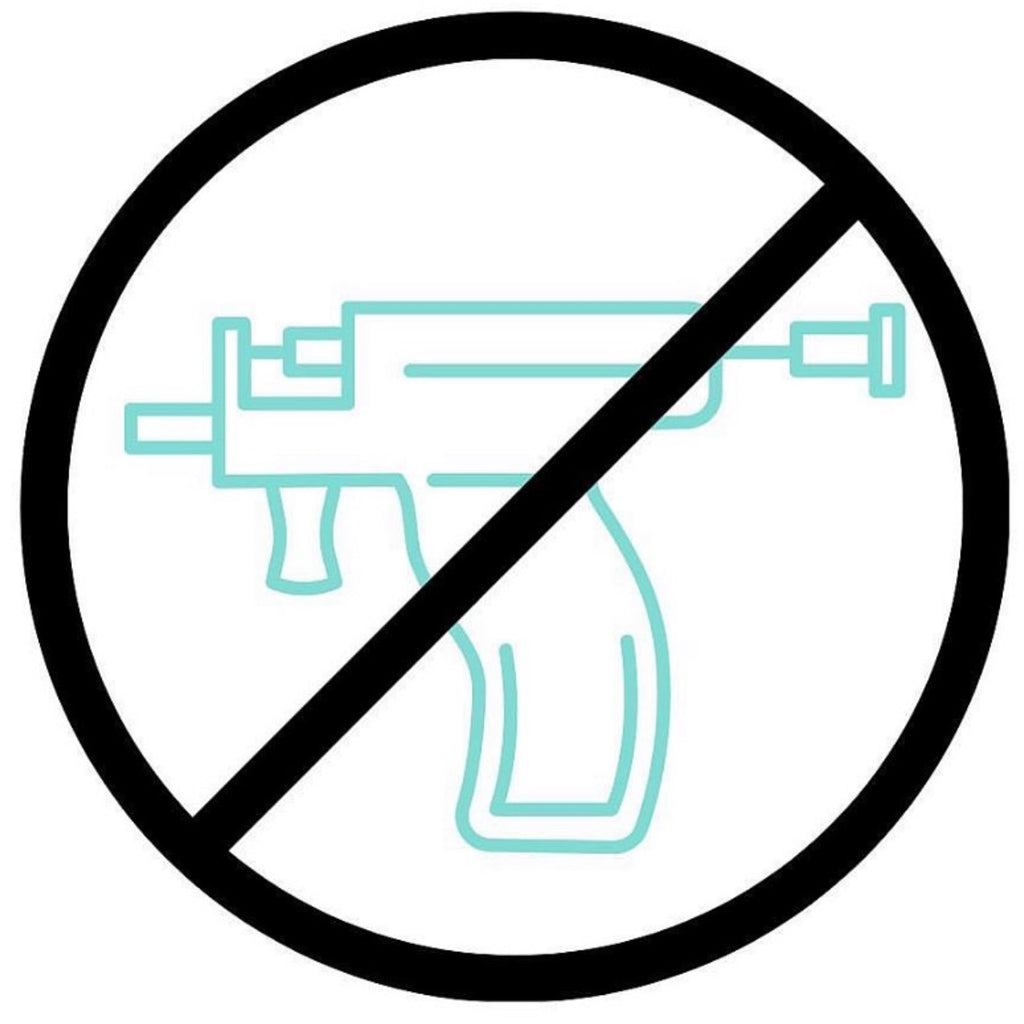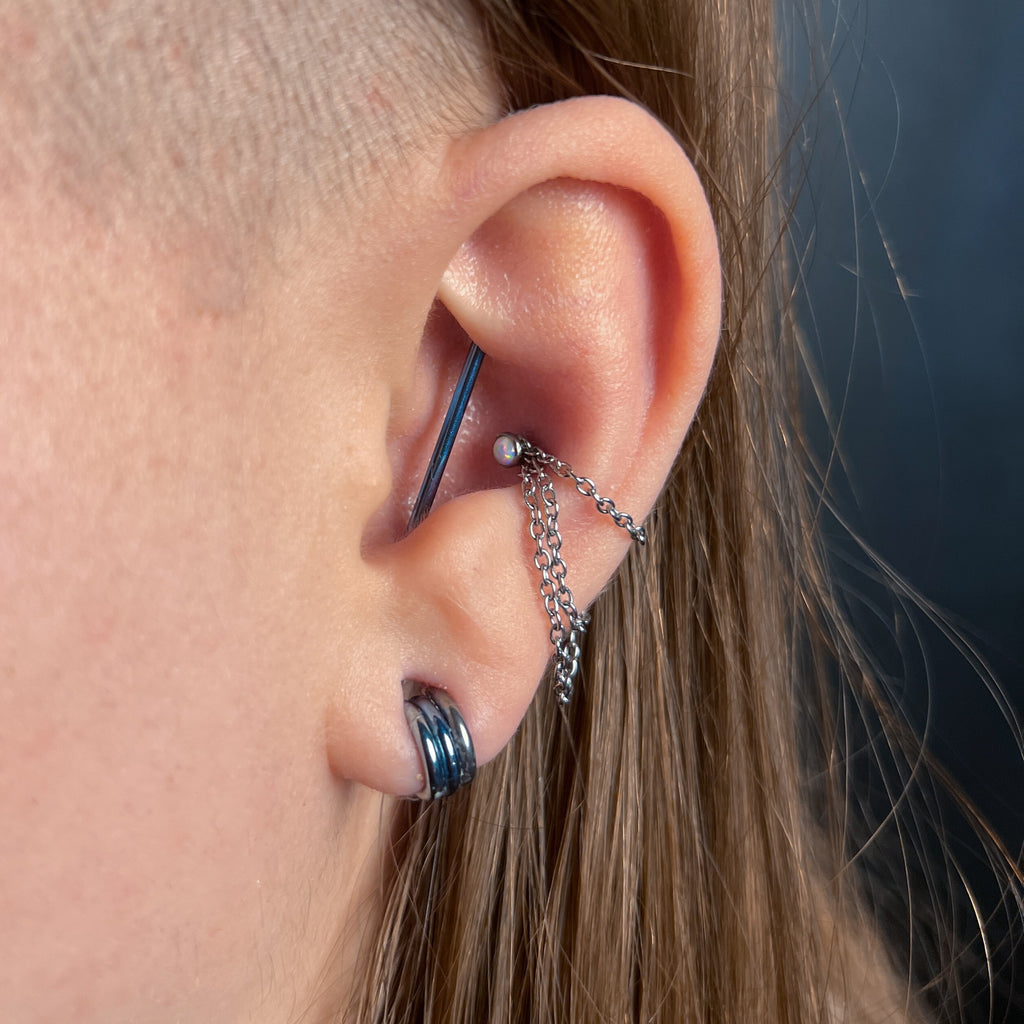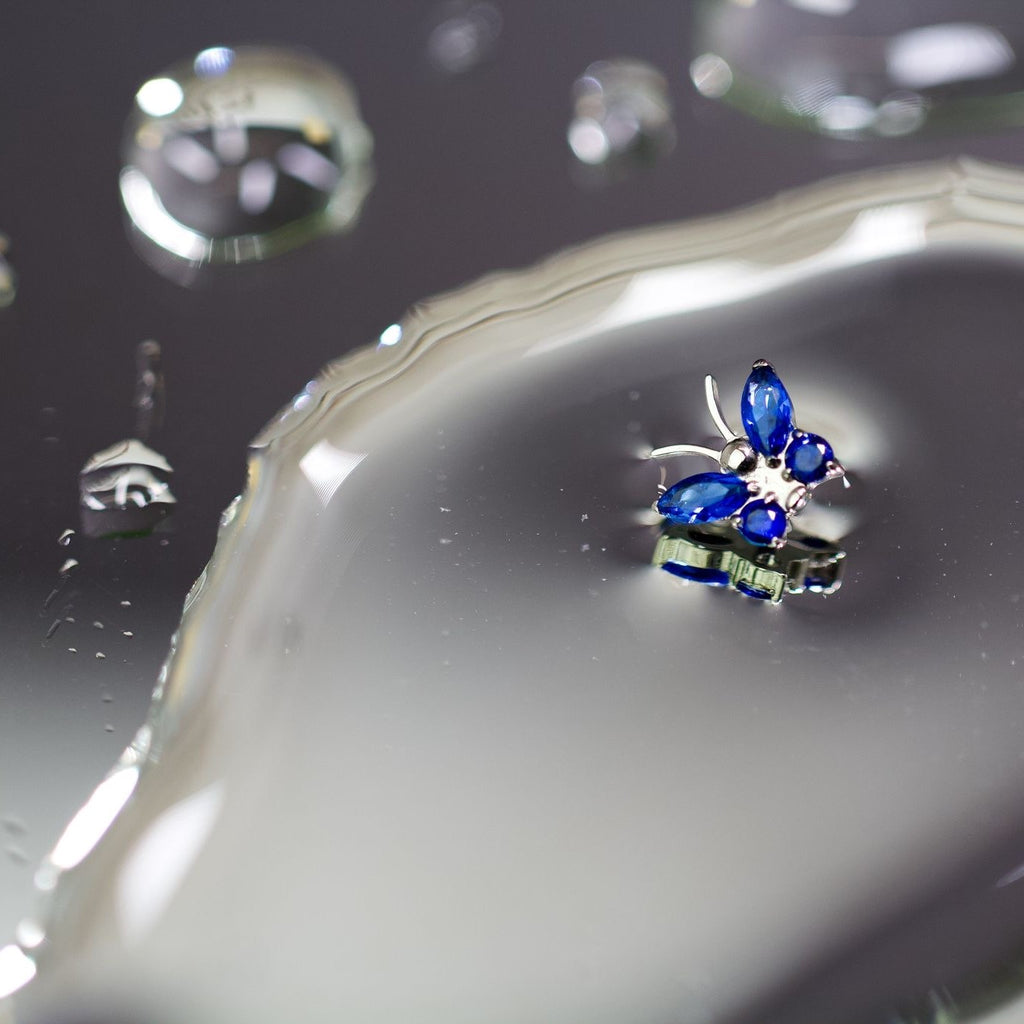Why We Don’t Use Piercing Guns: The Hidden Dangers of Piercing Guns
Posted by KITIJA ZAKITE

When it comes to getting a piercing, your safety should always come first. While piercing guns may seem like a quick and convenient option, the reality is far more alarming. Piercing guns are dangerous, and here’s why we refuse to use them in our studio. If you’re serious about your health and your piercing, understanding the risks of piercing guns is crucial. What Are Piercing Guns? Piercing guns are handheld devices that use spring-loaded mechanisms to force a stud through the skin. They are often used in mall kiosks or non-professional environments for ear lobe piercings. However, the simplicity of the...
Is Piercing Really Safe? Addressing Common Concerns
Posted by KITIJA ZAKITE

Piercing is a popular form of self-expression and has been practiced for centuries. Whether it’s a simple ear piercing or a bold septum ring, many people wonder: is piercing really safe? The short answer is yes, piercings are safe when done correctly and cared for properly. However, understanding the process, risks, and aftercare is key to ensuring a positive experience. Let’s address some common concerns and how to navigate them. 1. Choosing a Safe Piercing Studio The safety of your piercing begins with where you go. Here’s what to look for in a reputable studio: Licensed and Experienced Piercers: Always choose...
Surgical Steel vs. Titanium Piercings: Why We Sell Only Titanium Piercings
Posted by KITIJA ZAKITE

When it comes to choosing body jewelry, the materials you select matter—not just for aesthetics, but for your health and comfort. Surgical steel and titanium are two of the most popular materials for piercings, but they differ significantly in terms of composition, safety, and suitability for sensitive skin. Here’s an in-depth look at the differences, why titanium is superior, and why we don’t sell surgical steel jewelry. What is Surgical Steel? Surgical steel is a type of stainless steel that is often used for medical and surgical applications. The most common grades in body jewelry are 316L and 316LVM, known for their durability...
The Ultimate Guide to Piercing Aftercare
Posted by KITIJA ZAKITE

Getting a new piercing is exciting, but taking care of it properly is the key to ensuring it heals well and looks great for years to come. In this ultimate guide, we’ll walk you through everything you need to know about piercing aftercare, from the first 24 hours to long-term maintenance. 1. Initial Steps After Getting Your Piercing The first 24 to 48 hours after getting your piercing are critical for ensuring a smooth healing process. Here’s what you need to do: Avoid Touching Your Piercing Why: Your hands carry bacteria, and touching your piercing can introduce these harmful germs, leading...
